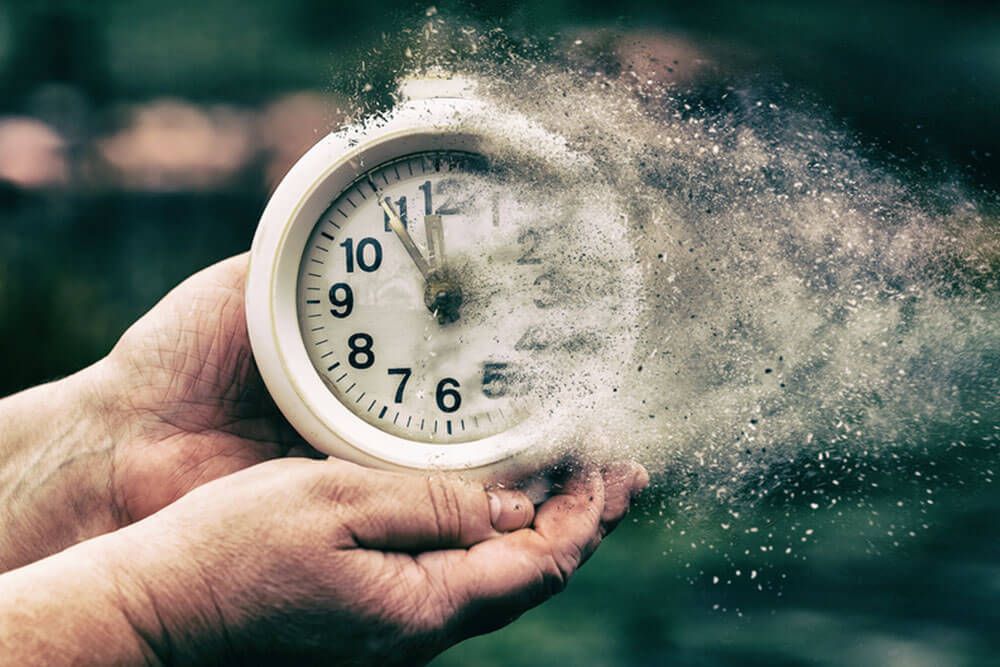Idiopathic hypersomnia is a rare central nervous system disorder characterized by excessive daytime sleepiness (EDS) despite adequate and uninterrupted nocturnal sleep. Patients often wake up feeling unrefreshed and struggle with getting out of bed, with their daytime naps offering little or no relief.
Diagnosing idiopathic hypersomnia involves excluding other potential causes of excessive sleepiness. It requires ruling out conditions such as untreated sleep apnea, periodic limb movement disorders, atypical forms of depression, insufficient sleep due to poor sleep hygiene, and differentiating it from other hypersomnia disorders like narcolepsy type 1 or 2.
Actigraphy: Monitoring sleep patterns through a week-long actigraphy test, which typically shows an average sleep duration of at least 10 hours per night.
Multiple Sleep Latency Test (MSLT): The MSLT evaluates sleep onset REM episodes and a short sleep latency of less than 8 minutes, and may exhibit only one sleep onset REM sleep while patients with narcolepsy exhibit 2 episodes of sleep onset REM
Diagnostic Sleep Study: An overnight attended sleep study extending over a 24-hour period that confirms a total sleep time of 10 hours.
Treatment for idiopathic hypersomnia resembles that of narcolepsy and may include stimulant medications. Recently, a low-salt sodium oxybate formulation called Xywav has gained approval for treating idiopathic hypersomnia, offering an alternative therapeutic option.
Symptoms of idiopathic hypersomnia can be severe and persistent. However, approximately one-third of patients report spontaneous improvement over time, suggesting a variable prognosis.
Idiopathic hypersomnia presents unique challenges due to persistent excessive daytime sleepiness despite sufficient sleep. Proper diagnosis through exclusionary testing methods helps differentiate this disorder from other potential causes of hypersomnolence, guiding the implementation of appropriate treatment strategies to manage symptoms and improve the quality of life for affected individuals.

